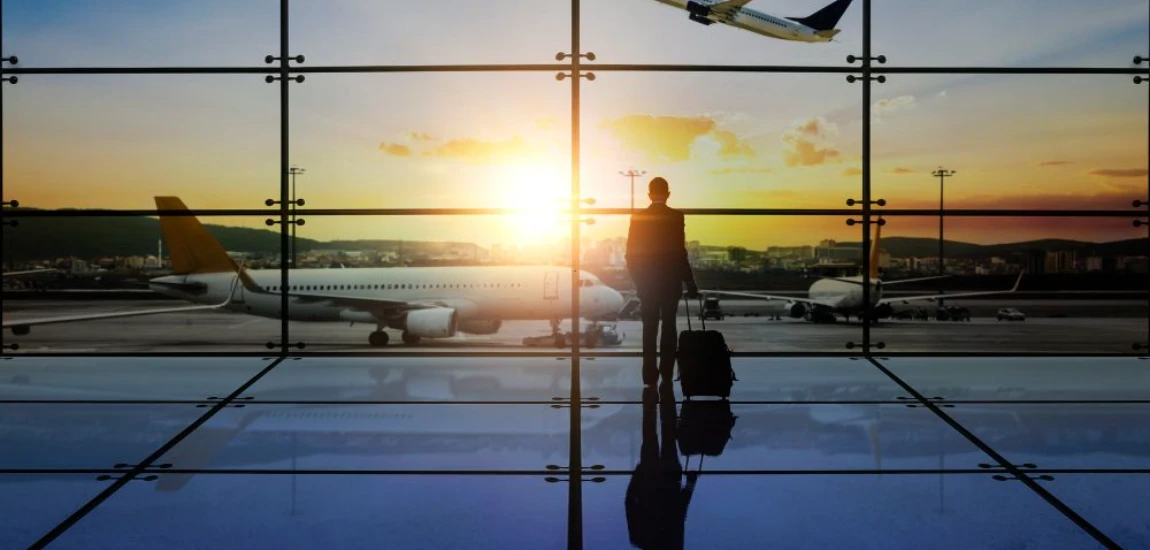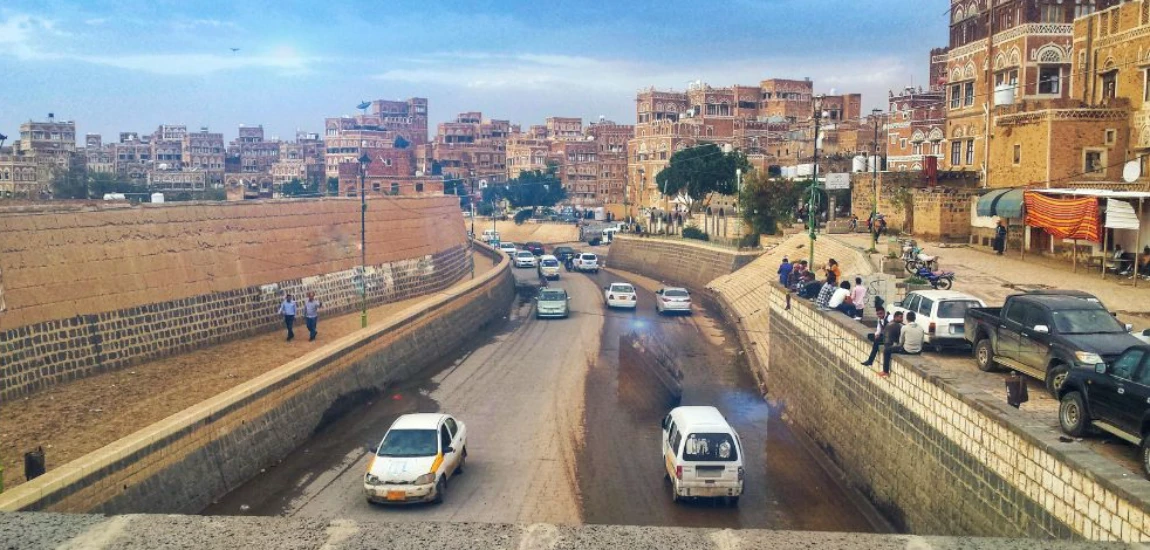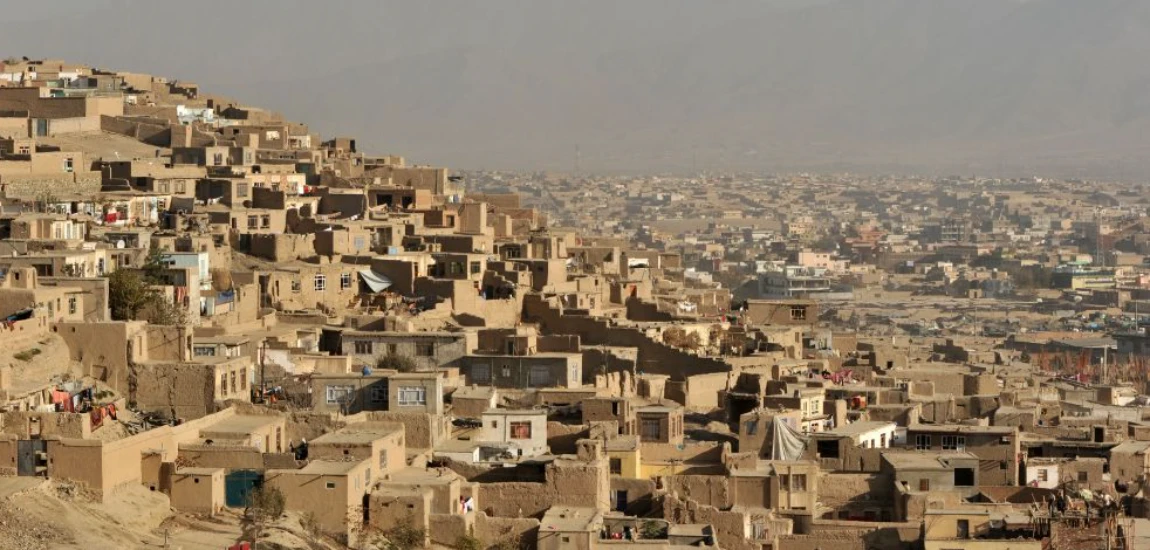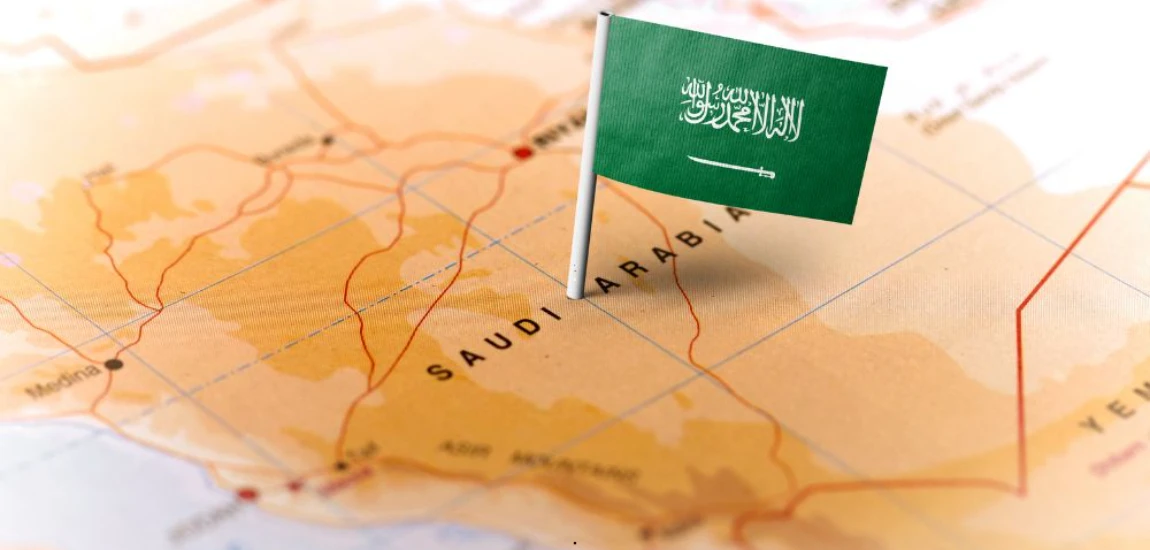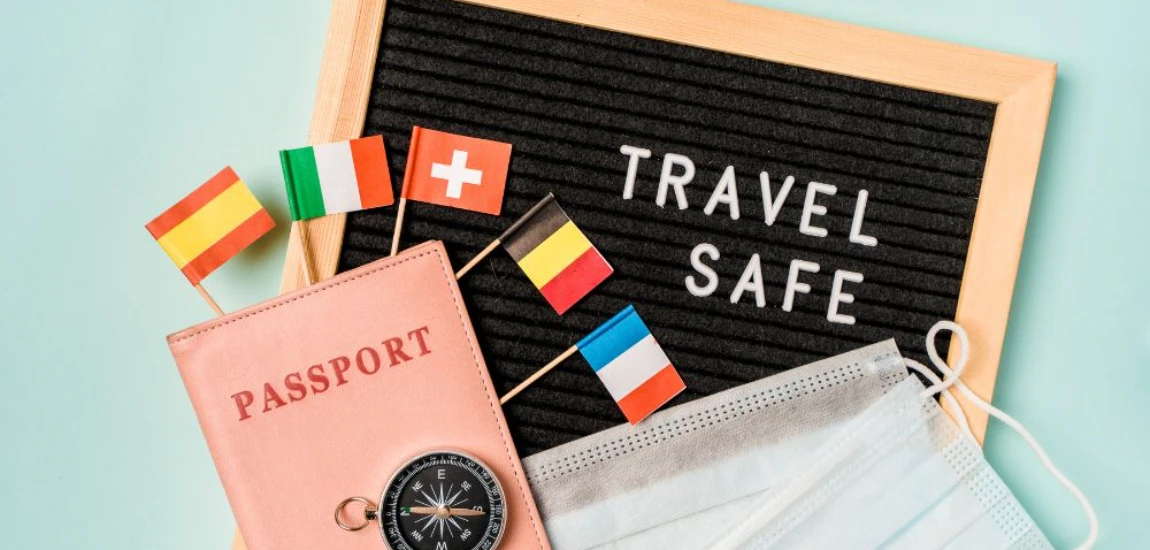Plan the Perfect Trip to Bhutan: Culture, Nature & Local Insights

Nestled in the Eastern Himalayas, Bhutan, known as the "Land of the Thunder Dragon," is a realm where ancient traditions harmoniously coexist with breathtaking natural beauty. This secluded kingdom offers travelers an unparalleled experience, blending spiritual richness, pristine landscapes, and a commitment to sustainable living. Whether you're seeking cultural immersion, adventurous treks, or serene retreats, Bhutan promises a journey that resonates deeply with the soul.
Understanding Bhutan's Unique Approach to Tourism
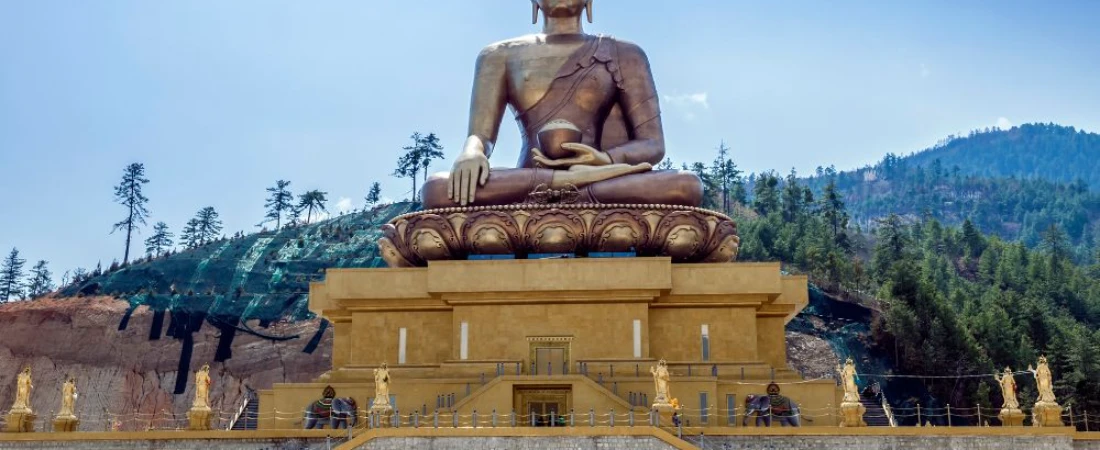
Bhutan's tourism policy is guided by the principle of "High Value, Low Impact," aiming to preserve its cultural heritage and natural environment. To support this, the government imposes a Sustainable Development Fee (SDF) of US$100 per person per night for foreign tourists, contributing to initiatives in education, healthcare, and conservation.
Entry Requirements
- Visa: Most international travelers require a visa, which must be arranged through a licensed Bhutanese tour operator. Indian, Bangladeshi, and Maldivian nationals are exempt but must carry valid identification.
- Tour Operators: Booking through a licensed tour operator is mandatory, ensuring that visitors have a guide and a pre-planned itinerary.
Cultural Etiquette and Traditions
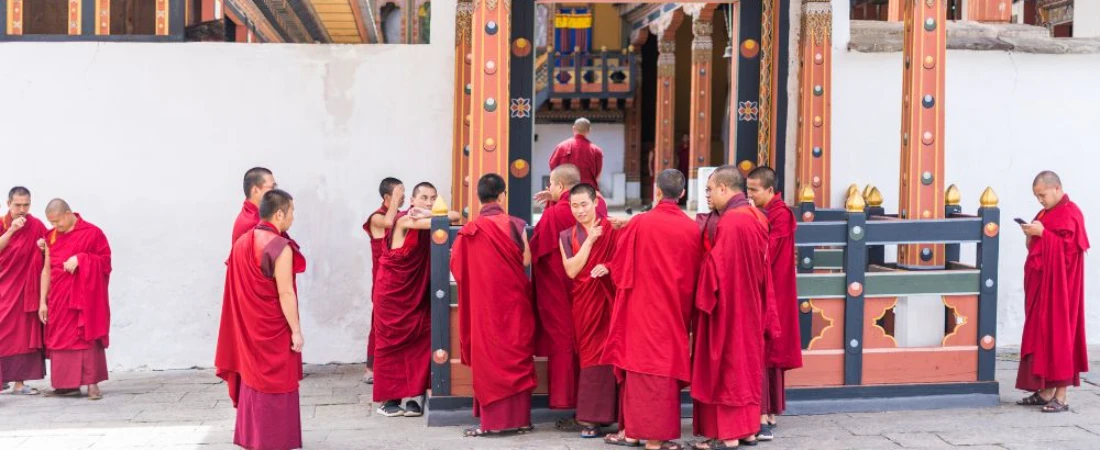
Driglam Namzha: The Code of Etiquette
Bhutanese society adheres to the Driglam Namzha, a traditional code governing behavior and dress. Visitors should respect local customs, including:
- Wearing modest attire, especially when visiting religious sites.
- Removing shoes before entering temples and monasteries.
- Walking clockwise around religious monuments and spinning prayer wheels in the same direction.
Festivals and Celebrations
Bhutan's calendar is replete with vibrant festivals, or Tshechus, characterized by masked dances, music, and communal gatherings. Notable festivals include:
- Paro Tshechu: Held in March or April, featuring the unfurling of a giant thangka (religious painting).
- Thimphu Tshechu: Celebrated in September, attracting locals and tourists alike.
- Black-Necked Crane Festival: Occurs in November in Phobjikha Valley, celebrating the arrival of these endangered birds.
Exploring Bhutan's Natural Wonders
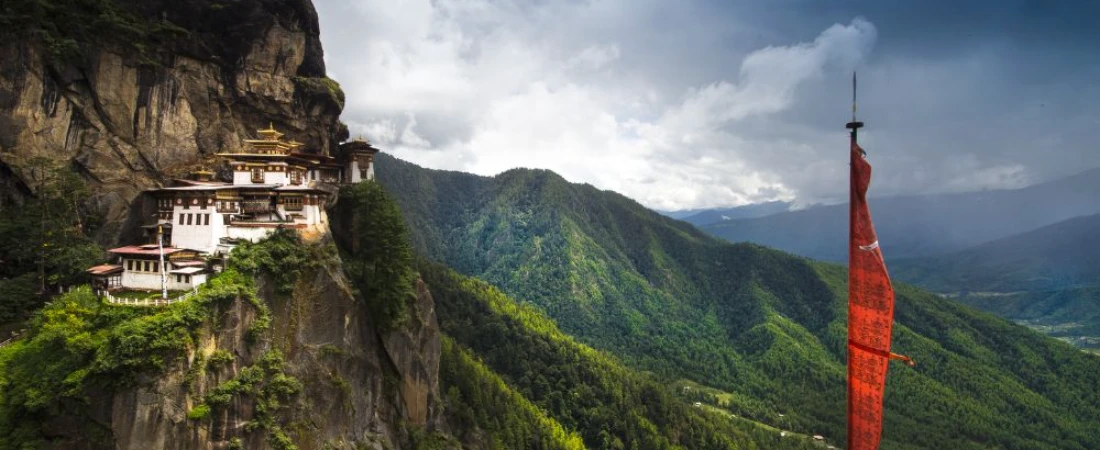
Paro: Gateway to Bhutan
Paro is home to the iconic Taktsang Monastery, or Tiger's Nest, perched precariously on a cliffside. The challenging hike to this sacred site rewards visitors with panoramic views and spiritual serenity.
Thimphu: The Capital City
Thimphu seamlessly blends tradition and modernity. Key attractions include:
- Buddha Dordenma: A massive statue overlooking the city.
- Folk Heritage Museum: Showcasing Bhutanese rural life and culture.
Punakha: Historical Heartland
Once the capital of Bhutan, Punakha is renowned for:
- Punakha Dzong: A majestic fortress at the confluence of two rivers.
- Chimi Lhakhang: A temple dedicated to the "Divine Madman," known for fertility blessings.
Phobjikha Valley: A Haven for Wildlife
This glacial valley is a sanctuary for the endangered black-necked cranes, which migrate here in winter. The area also offers scenic hikes and a glimpse into traditional Bhutanese village life.
Practical Travel Tips

Best Time to Visit
- Spring (March to May): Rhododendron blooms and pleasant weather.
- Autumn (September to November): Clear skies and major festivals.
- Winter (December to February): Fewer tourists and black-necked crane sightings in Phobjikha Valley.
Health and Safety
- Altitude: Some regions are at high elevations; acclimatization is essential.
- Vaccinations: Consult your doctor for recommended immunizations.
- Travel Insurance: Mandatory for all visitors.
Connectivity
- SIM cards are available at Paro International Airport, and pocket Wi-Fi devices can be rented for remote areas.
Bhutanese Cuisine
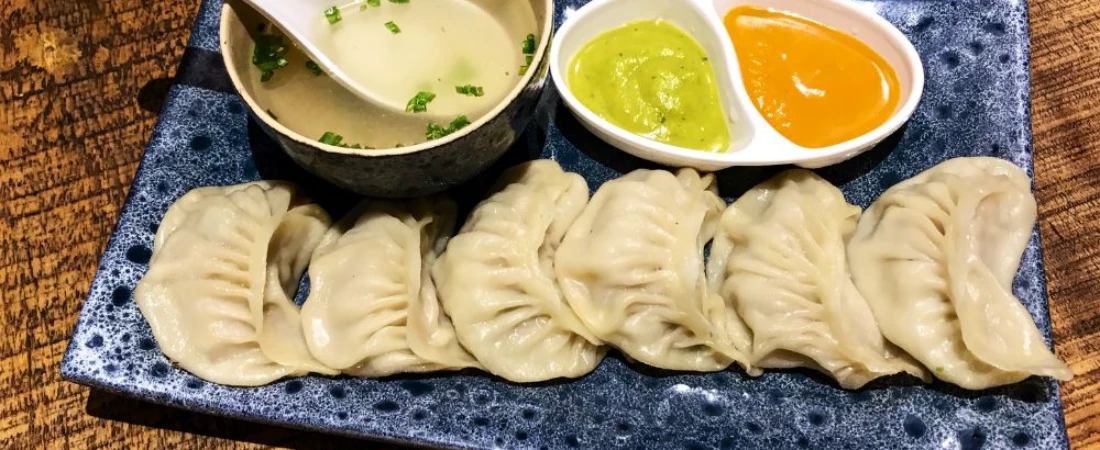
Bhutanese cuisine is a rich blend of bold flavors, local ingredients, and hearty comfort foods that reflect the country’s mountainous geography and agrarian culture. Spices like chili and cheese are central to nearly every dish, and meals often consist of rice, vegetables, and stewed meats.
Must-Try Dishes in Bhutan
- Ema Datshi: Bhutan’s national dish made of chili peppers and yak or cow cheese. It’s spicy and deeply comforting.
- Phaksha Paa: A pork dish cooked with spicy red chilies and sometimes radish.
- Momos: These Tibetan-style dumplings are widely popular and filled with meat, cheese, or vegetables.
- Red Rice: Grown in the Paro Valley, this nutty, slightly sticky rice is a staple in Bhutanese households.
Where to Eat
- Folk Heritage Museum Restaurant (Thimphu): Offers traditional meals in an authentic farmhouse setting.
- Zombala Restaurant (Paro): Known for local-style momos and chillies.
- Chh’a Bistro & Bar (Punakha): A cozy spot for trying modern twists on Bhutanese food.
Bhutan’s food is often farm-to-table, with many restaurants using locally sourced, organic ingredients. While vegetarian options are available, it’s best to notify your guide or hotel ahead of time about dietary preferences.
Sustainable Travel in Bhutan
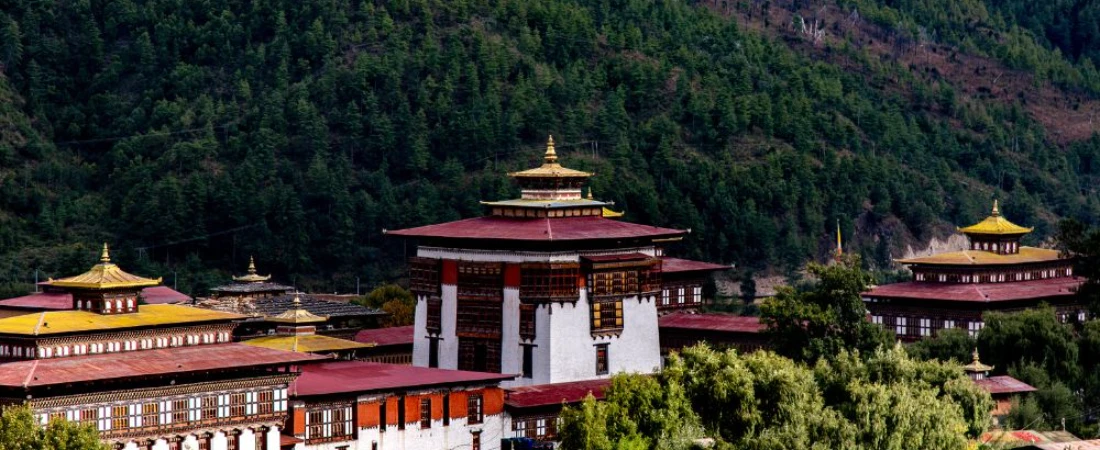
Bhutan is a global leader in sustainability, being the only carbon-negative country in the world. The government’s controlled tourism policy not only maintains cultural integrity but also protects its delicate ecosystems. As a visitor, you play a crucial role in supporting Bhutan’s conservation efforts.
Eco-Friendly Travel Tips
- Stay at Eco-Lodges: Choose accommodations like Gangtey Lodge or Six Senses Bhutan, which are known for sustainable practices.
- Respect Wildlife: Whether hiking in the Phobjikha Valley or spotting Himalayan blue sheep, observe animals from a distance and avoid feeding them.
- Reduce Waste: Carry a reusable water bottle, avoid plastic, and dispose of waste properly especially in remote trekking routes.
Support Local Communities
- Shop Locally: Purchase handmade textiles, crafts, and incense from community-run shops or cooperatives.
- Hire Local Guides: Engage Bhutanese guides and drivers who are trained in sustainable and cultural tourism.
- Attend Community-Based Events: Participate in farm visits, homestays, or traditional cooking classes to contribute directly to the local economy.
By aligning your travel habits with Bhutan’s sustainability values, you not only enhance your experience but also help protect this extraordinary destination for generations to come.
Conclusion
Embarking on a journey to Bhutan is more than a vacation; it's an immersion into a culture that values happiness, harmony, and environmental stewardship. By respecting local customs and embracing the country's unique way of life, travelers can experience the profound beauty and tranquility that Bhutan offers. As you plan your trip, remember that every moment in this Himalayan kingdom is an opportunity for reflection, connection, and discovery.

